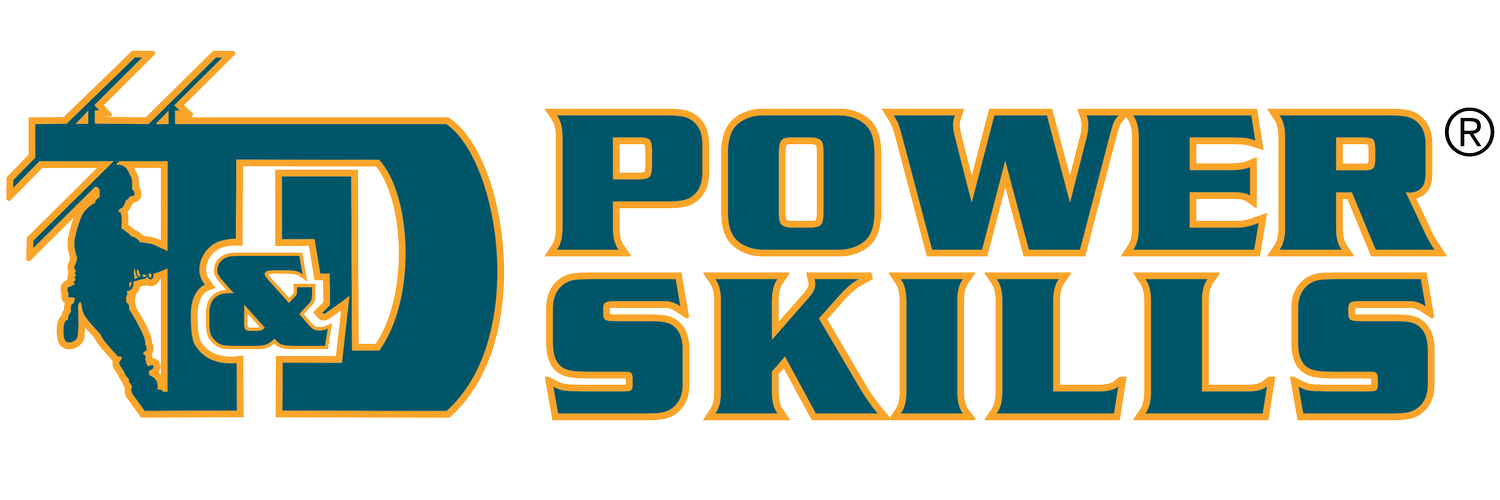Distribution Line Safety
COURSE DESCRIPTION
This course introduces students to the principles and techniques of single-point, or equipotential grounding. For best results, students should have a basic knowledge of electrical theory, overhead distribution systems and equipment, grounding theory, equipment, and application and common work methods and procedures used in overhead distribution line maintenance.
COURSE GOALS
Explain the purpose of grounding an overhead line during maintenance work.
Describe ways in which an isolated or de-energized line can become energized.
Define the term “zone of equipotential”.
Explain how equipotential grounding operates to safeguard lineworkers during a ground fault condition.
Describe how grounding equipment is used to set up a zone for equipotential.
SUBJECTS AND OBJECTIVES
Grounding
Define the terms “energized,” “isolated,” and “de-energized” with respect to overhead linework.
Describe ways in which an isolated or de-energized line can become energized.
Describe a typical procedure used to ground an isolated overhead line.
Equipotential Grounding
Use Ohm’s law to describe current flow in a de-energized overhead line during a ground fault condition.
Define the term “zone of equipotential”.
Describe a method that can be used to establish a zone of equipotential.
Equipotential Grounding Connections
Describe how grounding equipment can be used to create a zone of equipotential on a three-phase overhead line.
